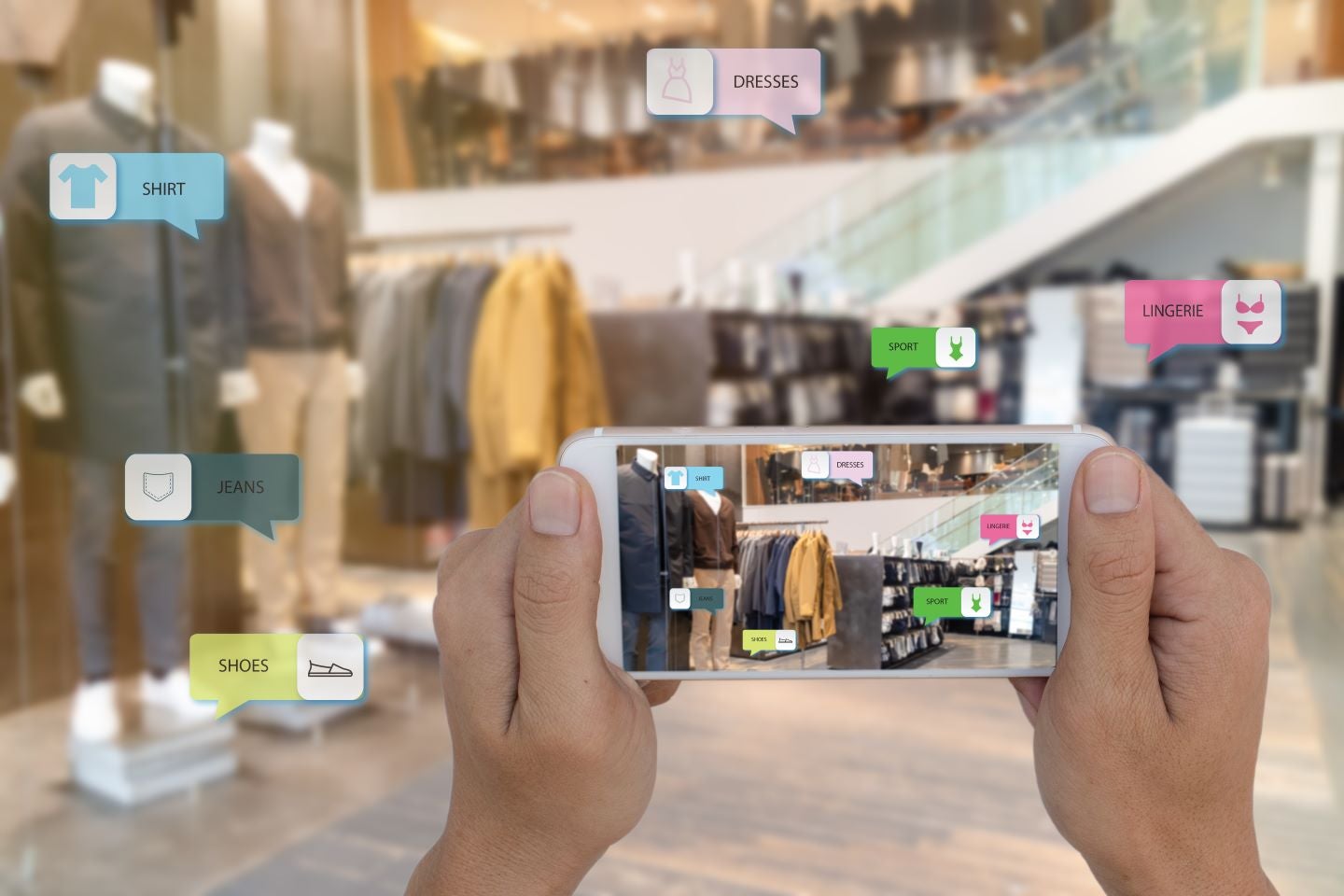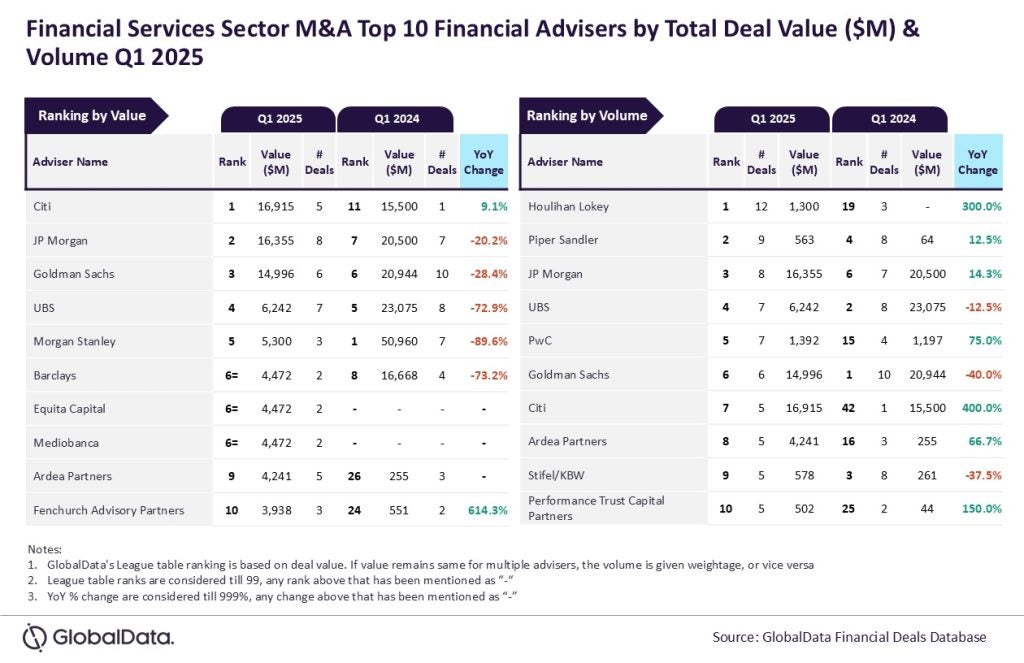Creating long-term value for augmented reality (AR) investments is challenging, especially in banking and payments, where the opportunities for integration are less compelling than for other sectors. It is still unclear if AR provides any viable use cases for the sector, or if it is simply a decrepit vehicle for incumbent banking and payments companies to fend off disruption from digital-first fintech companies.
The initial vision of AR in banking and payments was a purpose-driven ideal centred on integrating AR glasses into payments, allowing users to purchase items by simply looking at them. However, the prevalent outcome is far less ambitious. Tech-forward banking and payments companies have explored the potential applications of AR across several stages of customer and product life cycles. This ranges from marketing new products to onboarding new customers and boosting the subsequent customer experience.
Utility
Many banks such as Barclays and RBC introduced AR-enabled ATM and branch locator apps in the early 2010s, but a significant number of these investments have become obsolete in a landscape where branches are closing, cash usage is decreasing, and maps apps already integrate these features. This was perhaps the first warning signal that dedicated AR apps can quickly be perceived as “bloatware” unless they offer strong utility.
Following this, banks such as BBVA and Capital One started embedding AR into interfaces for purchasing physical assets like vehicles and property. Many of these apps are still active today, although their engagement levels are unclear.
Visualisation
AR experiences can offer clear and intuitive presentations of financial products and services in an industry often plagued by jargon and complexity. For example, Mastercard and Amex use AR to help customers visualize their credit card benefits. Furthermore, ABN AMRO and NatWest Group use AR to create financial education experiences.
Another strategic avenue for AR deployment is within the account opening and onboarding processes. This can be intuitive for Gen Z and millennial users but can create complications for legacy users. Many of these use cases do not require dedicated applications and are instead activated through scanning QR codes, reducing the barriers to adoption.

US Tariffs are shifting - will you react or anticipate?
Don’t let policy changes catch you off guard. Stay proactive with real-time data and expert analysis.
By GlobalDataMarketing
Over the last two years, the focus of AR within banking has shifted away from utility and towards marketing and promotional campaigns. These investments run for a limited time, allowing banks to avoid long-term commitments to the technology. They also often involve collaborations with prominent brands in areas such as sports or fashion, as well as support campaigns such as prize draws.
Companies like PayPal still see AR-enabled payments as the sector’s future, allowing users to purchase items by looking at them. This is still a futuristic ideal given the state of the technology and has served more as a short-term catalyst for hype rather than actual investment.
The dust has settled
The true value of AR in banking and payments lies in its ability to convey information effectively. Banks should therefore focus their investments towards the edge of the AR value chain, seeking to create experiences through platforms and applications. If AR-based apps cannot consistently offer practical value beyond novelty, the initial excitement surrounding the offering will quickly fade.








